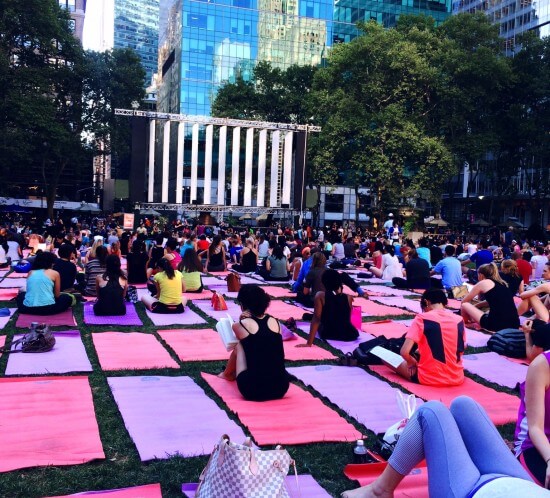Energy reserves for extreme and endurance sports


Extreme and endurance athletes have special requirements for their nutrient intake – especially before and during sports. If you want to perform above and beyond the normal level in order to achieve your goals, you cannot do without an adapted diet. To do this, it is important to know where the body gets the energy it needs and how you can influence it yourself.
Storage economy: Where does our body get energy from?
When we exercise, our body’s metabolic rate goes through the roof: we burn more and different calories than when we are at rest. But the energy has to come from somewhere. With only low physical exertion that does not drive our pulse rate up too much, energy is provided by burning fatty acids. Fat burning takes place at 60 to 70% of the maximum heart rate. However, if more power is called upon, fat metabolism is too slow. Now the body needs energy that can be called up more easily and significantly faster: carbohydrates.

So the higher the intensity of sport, the greater the proportion of energy obtained from carbohydrates. The only problem is that this energy is not available to us without limits. Carbohydrate stores are used up relatively quickly. If the intensity continues beyond that, the body does not prefer to fall back on fat, but also on protein, which we do not want to burn at all for the purpose of muscle building and muscle maintenance. In addition, there is the danger of hypoglycemia: Once the glycogen stores are depleted and new energy is not absorbed promptly, the so-called “starvation attack” threatens with its consequences: Weakness, dizziness, trembling and sweating. As a result, the intensity of exertion must be reduced. However, this is exactly what ambitious athletes try to avoid.
Energy supply during sports
The carbohydrate stores are sufficient – depending on the intensity of the load – for 60 to 90 minutes. The capacity can be optimized by an appropriately adapted diet. This includes, for example, so-called carbloading. This involves first completely emptying the carbohydrate stores and then refilling them. In general, endurance and extreme athletes are advised to eat a diet that is high in carbohydrates and low in fat in order to be able to sustain longer periods of exertion with correspondingly high energy consumption.

Many endurance athletes do not want to be satisfied with the body’s own energy reserves and take in additional carbohydrates during sport in order to avoid a serious drop in performance. Basically, two factors are decisive for the frequency and quantity of food intake: duration and intensity of the exertion. Since this can be very individual depending on the athlete and the type of sport, only approximate guidelines can be given here.
For a load duration of up to one hour, no energy supply through food is usually necessary. For load units lasting between one and two and a half hours, 30-60 g of carbohydrates should be supplied per hour. If the load phase goes beyond two and a half hours, between 60 g and 90 g of carbohydrates are necessary. The question now is, in what form should the nutrients be supplied to the body? This question is all the more difficult to answer if the sporting activity is not to be interrupted for this.
Isotonic carbohydrate-electrolyte drinks such as the Iso Drink from Dextro Energy have proven themselves here, additionally supplying the body with important minerals such as potassium, magnesium and sodium. This regulates the water balance and the performance of the muscles is maintained.
Source coverimage: Pexels/ Pixaboy









